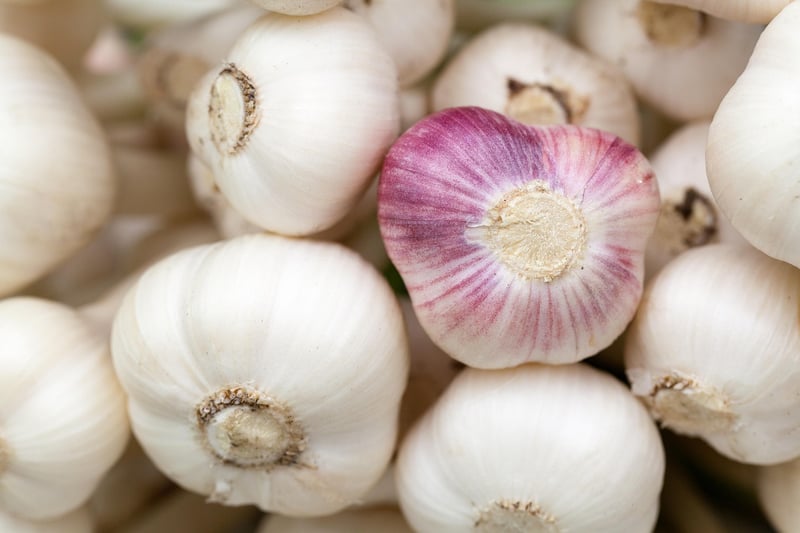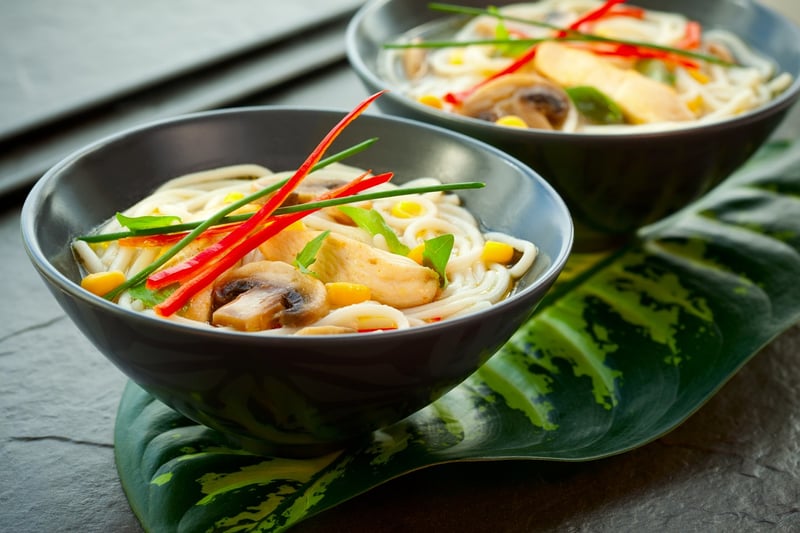International Flavors
Exploring Key Elements of International Flavors
When it comes to experiencing the diverse and tantalizing world of international cuisine, understanding the key elements that define each flavor profile is essential. From the aromatic spices of India to the savory umami of Japan, each region's culinary heritage offers a unique and delicious journey for the taste buds.
1. Aromatics
Aromatics play a vital role in enhancing the flavors of dishes from around the globe. Ingredients like garlic, onions, ginger, and lemongrass are commonly used to create a strong base of flavor that forms the foundation of many international dishes.
2. Spices
Spices are the soul of many cuisines, adding depth, complexity, and heat to dishes. Whether it's the warm notes of cinnamon and cumin in Middle Eastern cuisine or the fiery kick of chili peppers in Mexican dishes, spices are a key element in creating authentic international flavors.
3. Sauces and Condiments
Sauces and condiments are often the secret weapons that elevate a dish from good to extraordinary. From the tangy tamarind chutneys of India to the rich soy-based sauces of China, these flavor-boosting additions are essential in capturing the essence of international cuisine.
4. Fresh Ingredients
Using fresh, locally sourced ingredients is a hallmark of many international cuisines. Whether it's the ripe tomatoes in Italian pasta sauces or the vibrant herbs in Thai curries, fresh produce adds a burst of flavor and color to dishes.
5. Cooking Techniques
Each region has its own unique cooking techniques that contribute to the distinctiveness of its cuisine. From the slow simmering of stews in French cuisine to the quick stir-frying of ingredients in Chinese dishes, these methods play a crucial role in shaping the final flavor profile of a dish.
6. Cultural Influences
Cultural influences play a significant role in shaping the flavors of a region's cuisine. Whether it's the use of coconut milk in Southeast Asian dishes or the reliance on grains like couscous in North African cooking, these cultural nuances add depth and authenticity to international flavors.
7. Presentation
Lastly, the presentation of a dish is not just about aesthetics but also about flavor. The way a dish is plated can impact the overall dining experience, with colors, textures, and garnishes all playing a role in enhancing the flavor profile of a meal.
By understanding and appreciating these key elements of international flavors, you can embark on a culinary journey that celebrates the rich and diverse tapestry of global cuisine.



